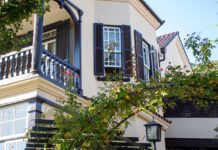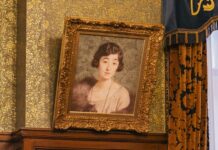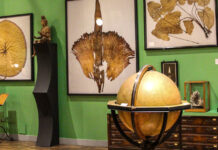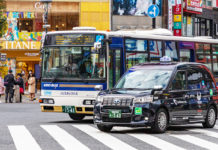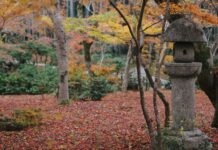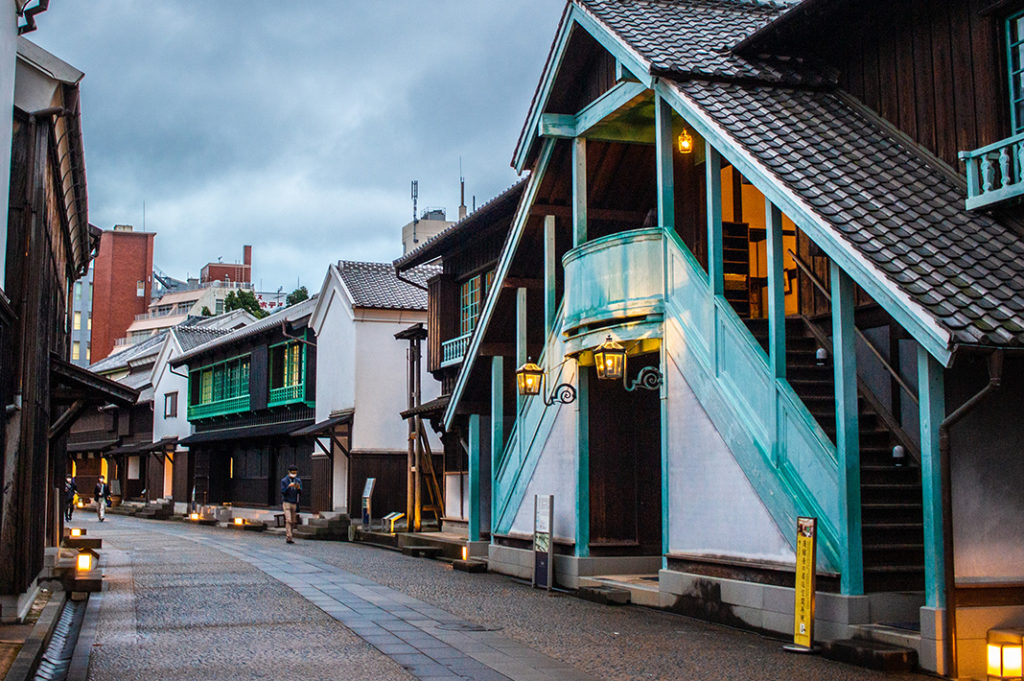
It’s normal to feel a kind of curious magic as you step into Dejima, the open-air museum on the site of Nagasaki’s historic Dutch Trading Post. In the blink of an eye, the modern city is quickly replaced by a version of its former self. The paved thoroughfare curves around, following Dejima’s signature fan shape, lined with beautiful replica buildings representing the life of Dutch traders in the early 1800s. Those who know a little Japanese history may recognise that this is during Japan’s period of seclusion. At this time, foreign trade was severely restricted, with Nagasaki being one of the only exceptions. Make no mistake, this is an island with a history.
The early days of Dejima
When construction was completed in 1636, the fan-shaped island of Dejima became an internment camp for the Portuguese in order to stop the spread of Christianity in Japan. In just a few short years, the Portuguese were banished, and all future Portuguese ships were turned away. It wasn’t long before the Dutch East India Trading Company moved to Dejima from their previous location on Hirado Island.
For the next 200 years, trade between Japan and The Netherlands flourished. Ships came and went, carrying things like sugar, cloves and copper—Dejima’s main export. Life hummed along in the many warehouses, offices and residences, with much wining and dining in those of the officials. Today, strolling the streets of Dejima and the halls of its buildings, it’s possible to imagine what life was like back then. This is, of course, thanks to the restoration work of the past 70 years.
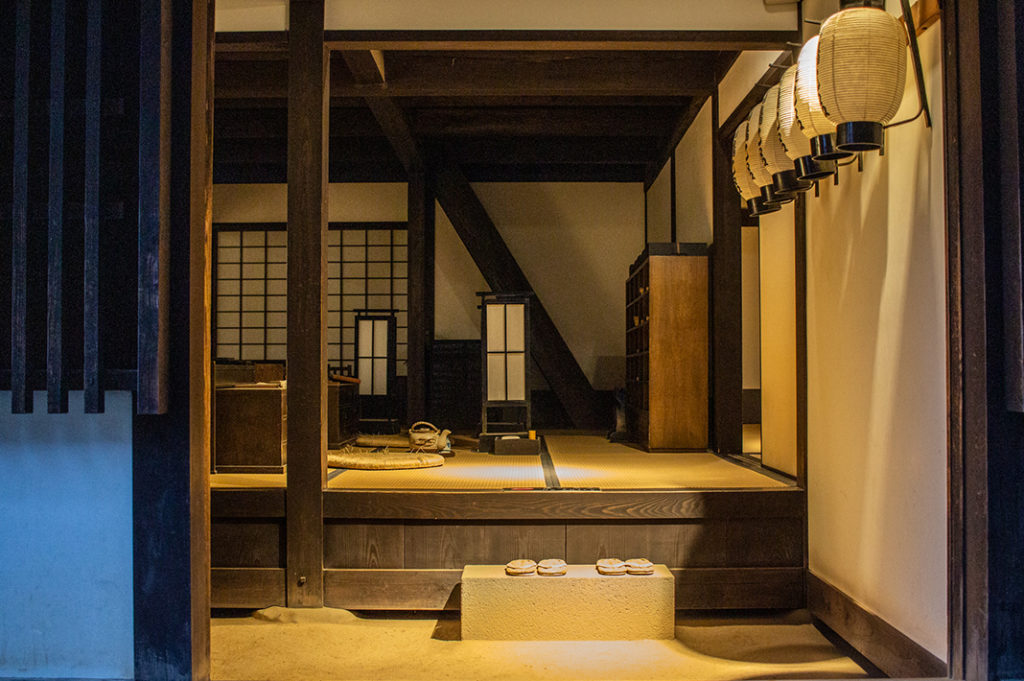
Restoring history
Recognising its importance, the government designated Dejima a National Historic Site in 1922. However, it wasn’t until the 1950s that restoration projects commenced. It began with extensive land excavation and research. Foundations were uncovered, artefacts studied and many photographs, paintings and stories consulted. After decades of work, it was possible to start reconstructing the buildings in their original size and locations using traditional methods of the time.
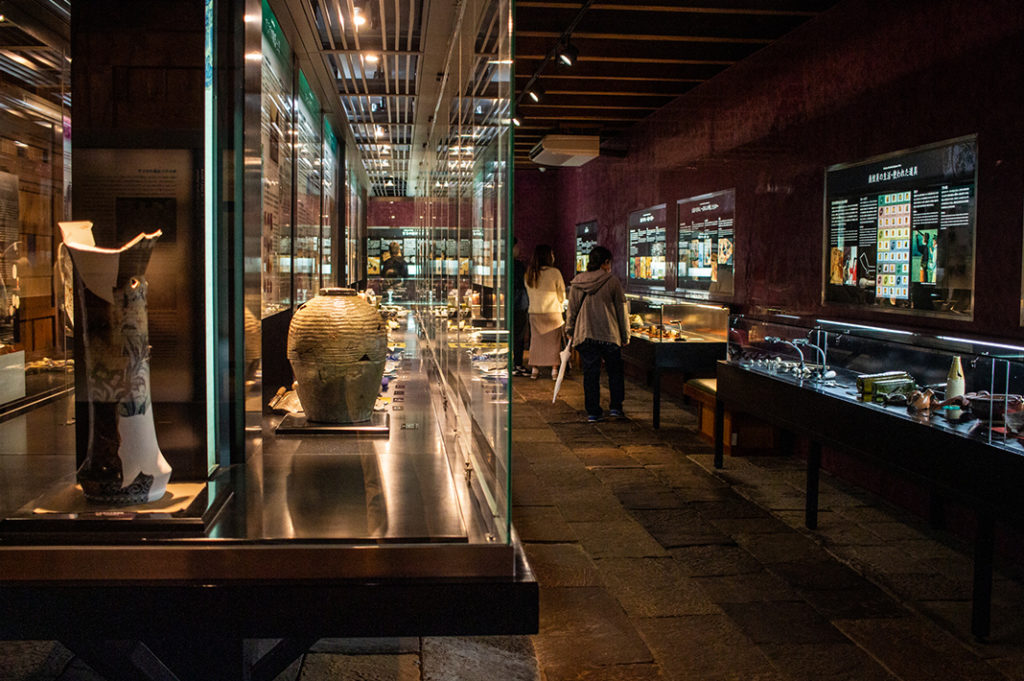
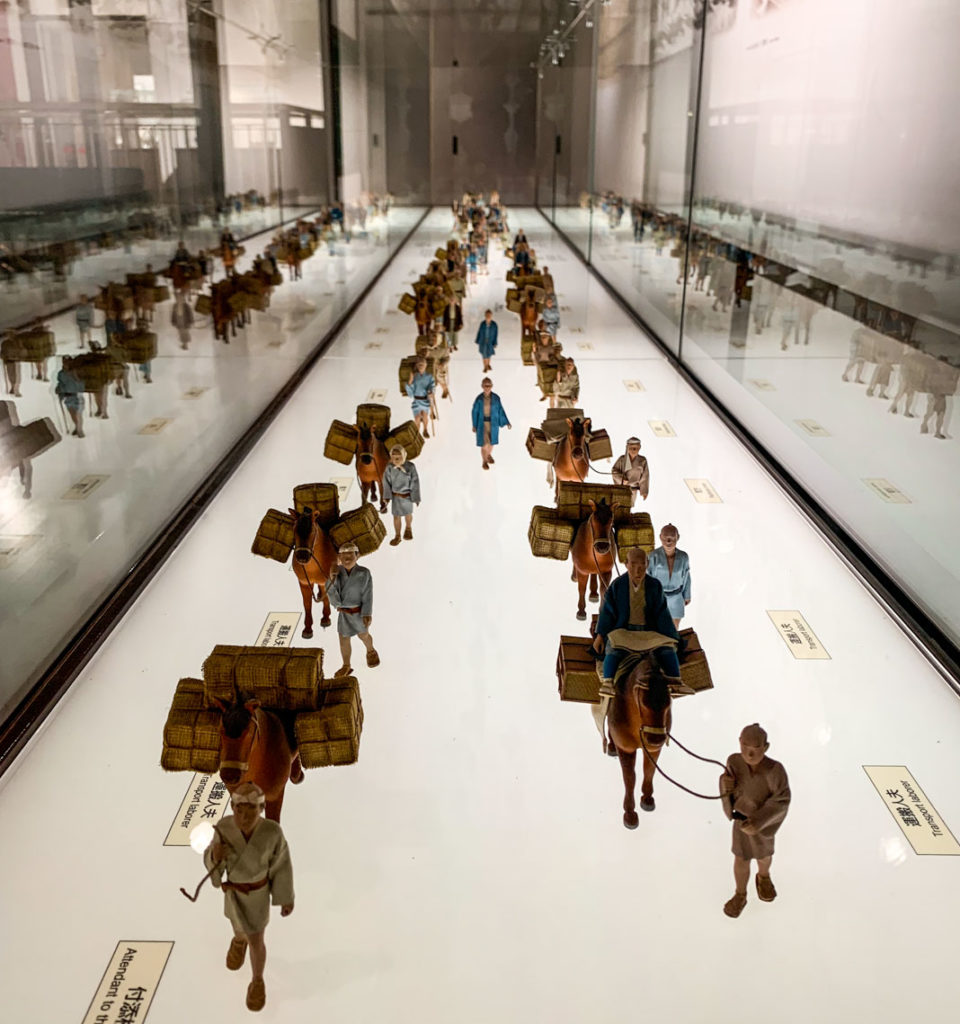
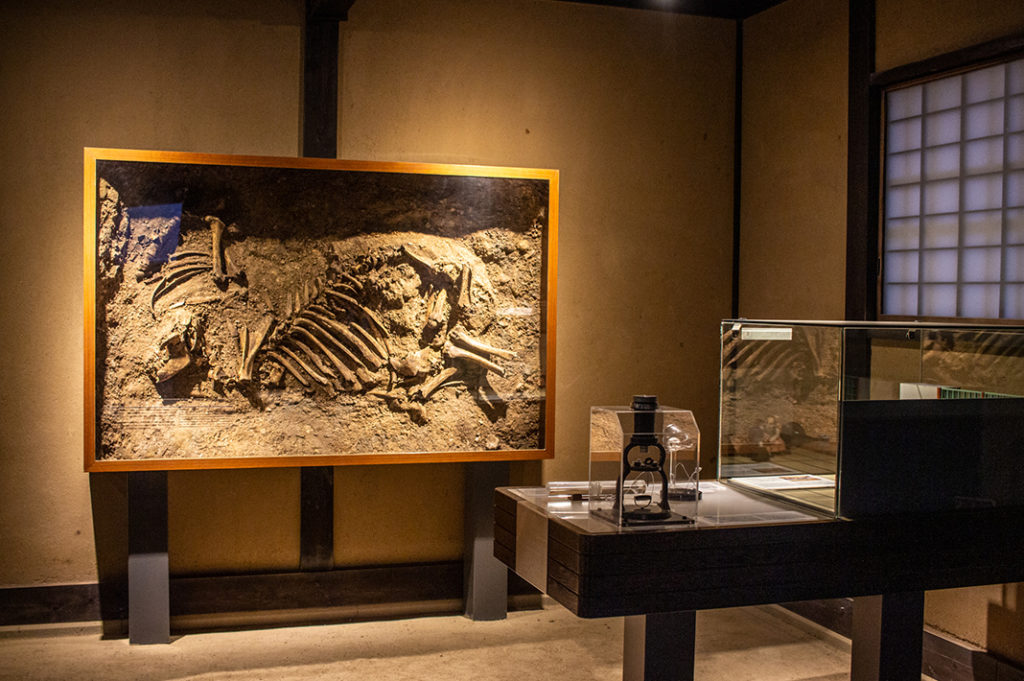
Entering from the West Sea Gate, you find yourself surrounded by replicas of 1820s era buildings, dark wooden cladding and white-walled storehouses. I wander from one building to the next, exploring the salvaged artefacts that help paint a picture of life for the Dutch in Japan 200 years ago. Suddenly I find myself surrounded by the 19th Century opulence of the former residences of trade officials. The chandeliers, wallpaper and Christmas banquet a stark contrast to the life outside.
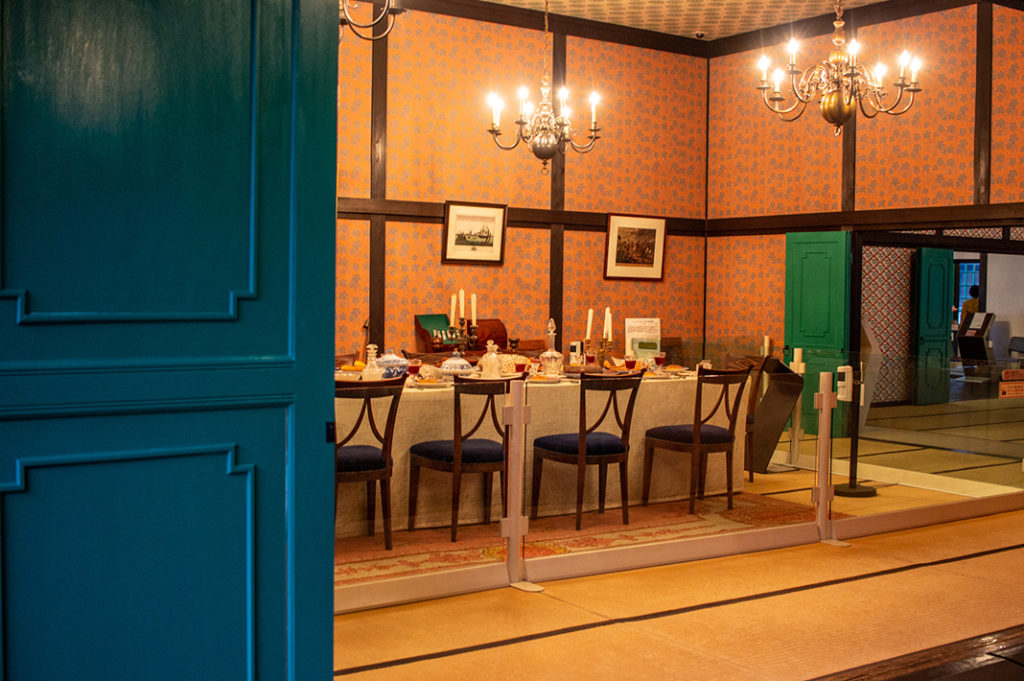
Seasons change on Dejima
I step out of a building, mid-way along Dejima, and notice I’ve wandered a few decades into the future. The stone warehouses of the 1860s look markedly different, as do the weatherboard buildings in the east end. These examples of buildings constructed after Japan opened its borders to the world showcase the various new architectural styles introduced from the west.
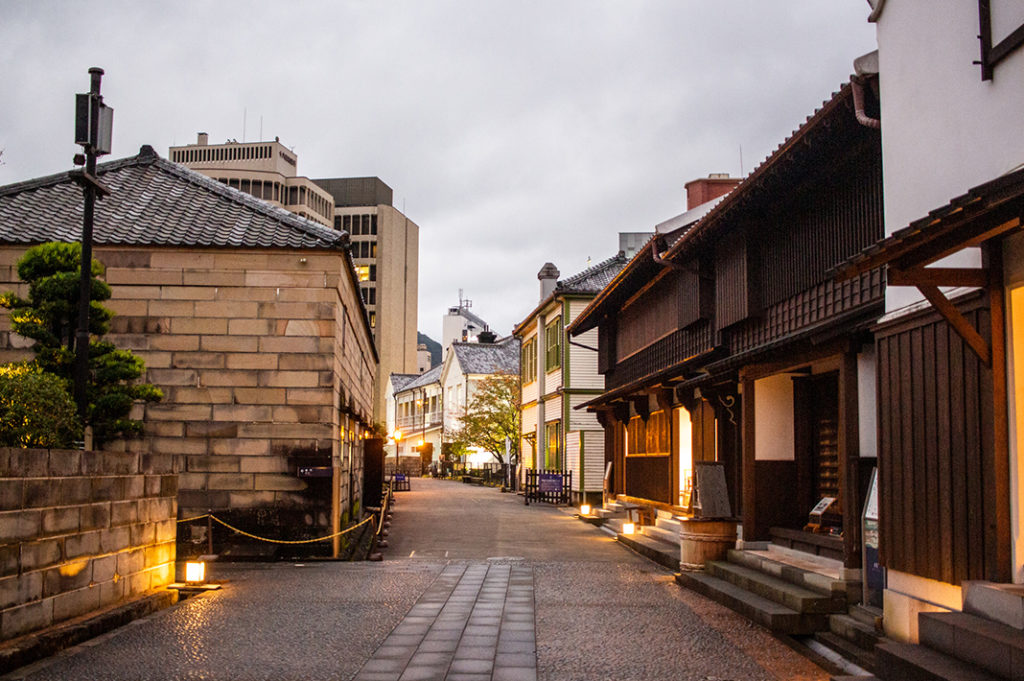
Costumed staff pass by me as I make my way over to the Former Nagasaki International Club. A functioning restaurant, this building was initially constructed in 1903 by the half Scottish-half Japanese son of Thomas Glover. It served as a place for foreign and Japanese residents to socialise. The wave of foreigners that followed Japan’s opening would turn out to be instrumental in ushering the country into its industrial age. Read more about Thomas Glover and the other foreigners honoured at the ‘Glover Garden’, here.
Continued Works
After Japan opened its borders to the world in the 1850s, the Dutch were free to move into other foreign settlements in the city. The island was eventually joined to the mainland by rerouting the river, and its south side now sits across from convenience stores, parking garages and television stations. Aside from the construction of additional buildings, the ultimate plan is to return Dejima to its original island form.
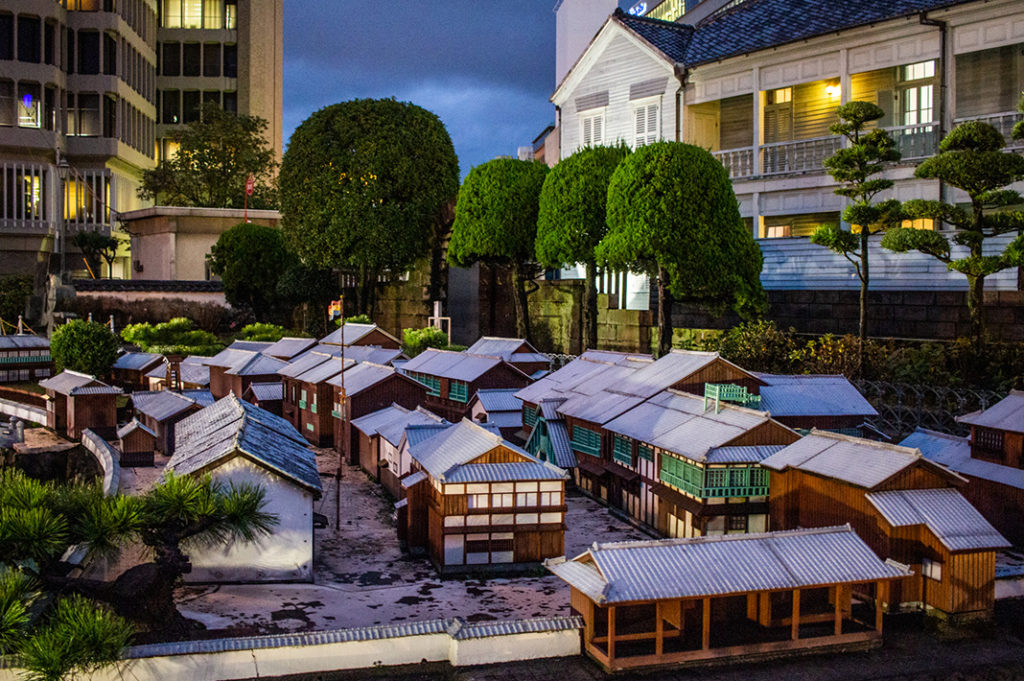
I consider this return to the past as I look down on the 1:15 scale model replica. Suddenly, I realise the sun has set and another Nagasaki night awaits. Back on the thoroughfare, lanterns turn on and couples huddle in closer for their stroll through the pages of history.

Accessing Dejima
From Nagasaki Station, catch the tram bound for Sofukuji Temple. Get off at ‘Dejima’ stop for the Central and West Gates or ‘Shinchi Chinatown’ for the East Gate. Read more about catching trams in Nagasaki here.
Name: Dejima
Address: 6-1 Dejimamachi, Nagasaki, 850-0862 (link)
Open: 8:00am until 9:00pm, daily.
URL: website
Post by Japan Journeys.




